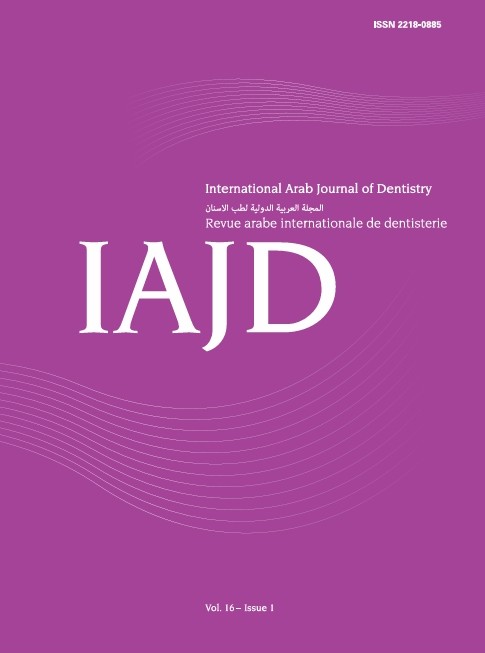Abstract
Introduction: Dental caries is a multifactorial disease prevalent in children and is often influenced by behavioral, environmental, and genetic factors. Traditional caries risk assessment methods have limited accuracy and objectivity. Machine learning (ML) models provide a data-driven approach for predicting caries risk, thereby enabling targeted interventions.
Objectives: The main objective of this study is to develop and validate ML models for predicting caries risk in pediatric patients aged 6–12 years by incorporating clinical, behavioral, dietary, and socioeconomic factors.
Methods: This retrospective observational study included 148 children aged 6–12 years. Data, including demographic details, Decayed Missing Filling Treatment (DMFT) scores, dietary habits, fluoride exposure, and socioeconomic factors, were collected from clinical records and structured interviews. The dataset was preprocessed using imputation, normalization, and feature-selection techniques. Five ML models (Logistic Regression, Random Forest, SVM, XGBoost, and Neural Networks) were trained and evaluated using metrics such as accuracy, sensitivity, specificity, and AUC-ROC. Patients were stratified into low, moderate, and high-risk categories based on predictions.
Results: The XGBoost model achieved the highest AUC-ROC (0.94), followed by the Neural Networks (0.92). DMFT score (35.2%), sugary food consumption (28.7%), and fluoride exposure (18.3%) were the most significant predictors of caries risk. Risk stratification classified 21.0% of patients as high-risk, emphasizing the need for targeted preventive measures. Significant associations were observed between caries risk and fluoride exposure (P < 0.01) and sugary food consumption (P < 0.05).
Conclusions: ML models, particularly XGBoost, provide accurate and actionable caries risk predictions in children and outperform traditional assessment methods. The integration of ML tools in clinical practice can enhance personalized prevention and resource allocation, ultimately improving pediatric oral health outcomes.

